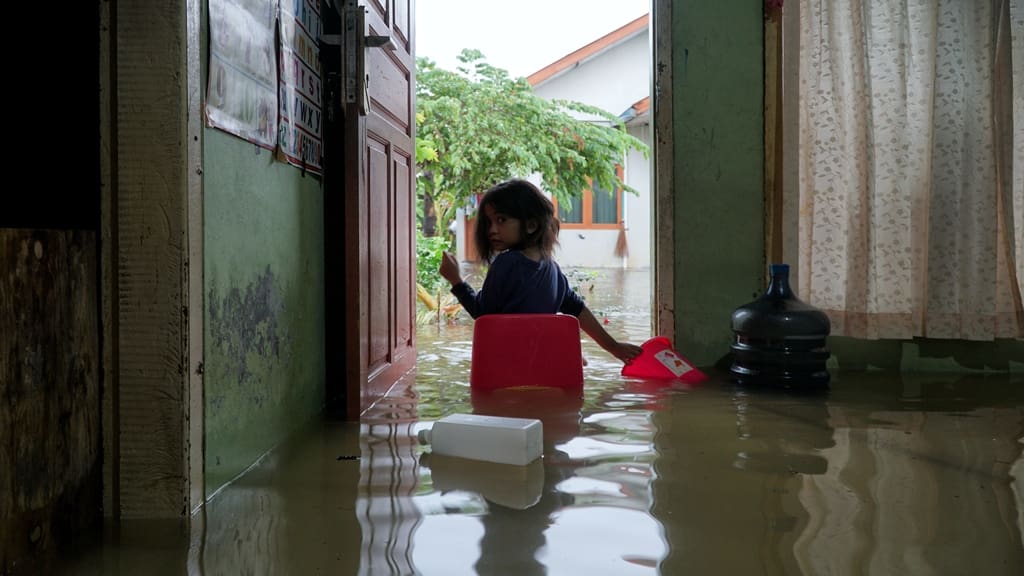Floods are among the most devastating natural disasters, causing extensive damage to properties and disrupting lives. Understanding flood insurance is crucial for homeowners, as standard home insurance policies typically do not cover flood-related damages. In this post, we’ll delve into the key aspects of flood insurance to help you make informed decisions about protecting your property.
Coverage Basics:
Flood insurance covers damages caused by flooding, including water overflowing from rivers, lakes, oceans, and even heavy rainstorms. It typically includes coverage for structural damage, electrical systems, plumbing, appliances, and personal belongings. Understanding these coverage options can ensure you have the right protection in place when you need it most.
Cost Factors:

The cost of flood insurance varies based on several factors, such as your property’s location, flood risk zone, the coverage amount, and the deductible you choose. Properties in high-risk flood zones generally have higher premiums. Evaluating these cost factors and exploring available discounts or mitigation credits can help you manage the overall cost of your flood insurance policy.
Policy Options:
Flood insurance policies are offered through the National Flood Insurance Program (NFIP) or private insurers. NFIP policies have coverage limits, while private insurers may offer more customized options but often at a higher cost. Researching and comparing different policy options can help you find the best coverage that meets your needs and budget.
Importance for Homeowners:
Even if you’re not in a high-risk flood zone, purchasing flood insurance is a wise decision. Floods can occur anywhere, and the financial impact of flood damage can be staggering. Having the right insurance can provide peace of mind and financial protection during challenging times. Additionally, some mortgage lenders may require flood insurance if your property is in a designated flood zone.
Claim Process:

In the unfortunate event of flood damage, filing a claim involves documenting the damages, contacting your insurer promptly, and working with adjusters to assess the losses. Understanding the claim process beforehand can expedite the recovery and repair efforts. It’s also essential to keep thorough records and documentation of your property and belongings to support your claim.
Mitigation Measures:
Besides insurance, homeowners can take proactive measures to mitigate flood risks. This includes elevating electrical systems, installing flood barriers, and maintaining proper drainage around the property. Investing in these mitigation measures not only reduces potential damages but also demonstrates a commitment to safeguarding your home against flood risks.
In conclusion, flood insurance is a vital component of protecting your home and assets. Educating yourself about coverage options, costs, and mitigation strategies empowers you to make informed choices and safeguard your property against the unpredictable forces of nature.
#FloodInsurance #InsuranceCoverage #HomeProtection
